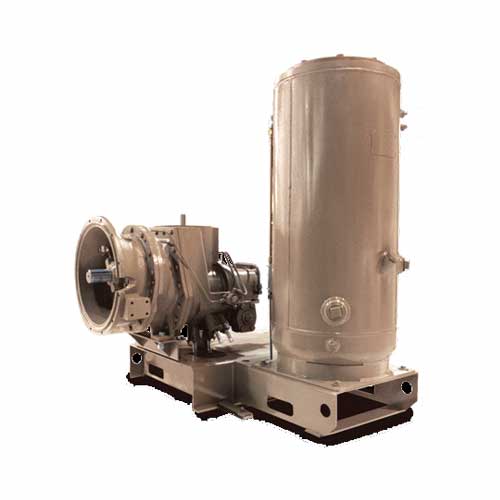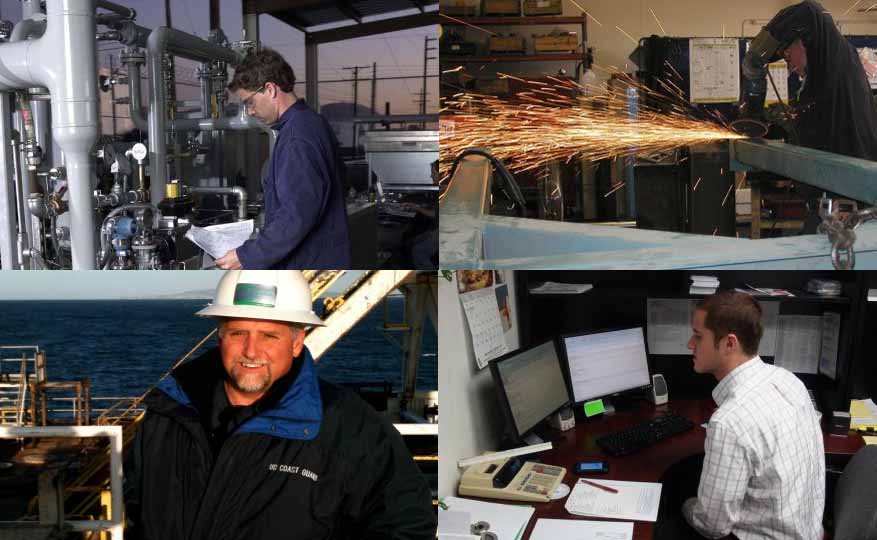
Rotary-screw compressors use two meshing helical screws, known as rotors, which spin within a cylinder to compress the gas.
Rotary-screw compressors tend to be compact and smoothly running with limited vibration, thus not requiring spring suspension. Many rotary-screw compressors are, however, mounted using rubber vibration-isolating mounts to absorb high-frequency vibrations, especially in rotary-screw compressors that operate at high rotational speeds. Typically, they are used to supply compressed air for general industrial applications.
In an oil-free compressor, the air is compressed entirely through the action of the screws, without the assistance of an oil seal.
Oil-free compressors are used in applications where entrained oil carry-over is not acceptable, such as medical research and semiconductor manufacturing. However, this does not preclude the need for filtration, as hydrocarbons and other contaminants ingested from the ambient air must also be removed prior to the point of use.
In an oil-injected rotary-screw compressor, oil is injected into the compression cavities to aid sealing and provide cooling sink for the gas charge. The oil is separated from the discharge stream, then cooled, filtered and recycled. It is usual for some entrained compressor oil to carry over into the compressed-gas stream downstream of the compressor. In many applications, this is rectified by coalescer/filter vessels. In other applications, this is rectified by the use of receiver tanks that reduce the local velocity of compressed air, allowing oil to condense and drop out of the air stream to be removed from the compressed-air system.
Call or message us today to learn how partnering with EWS can make your project a reliable success.
